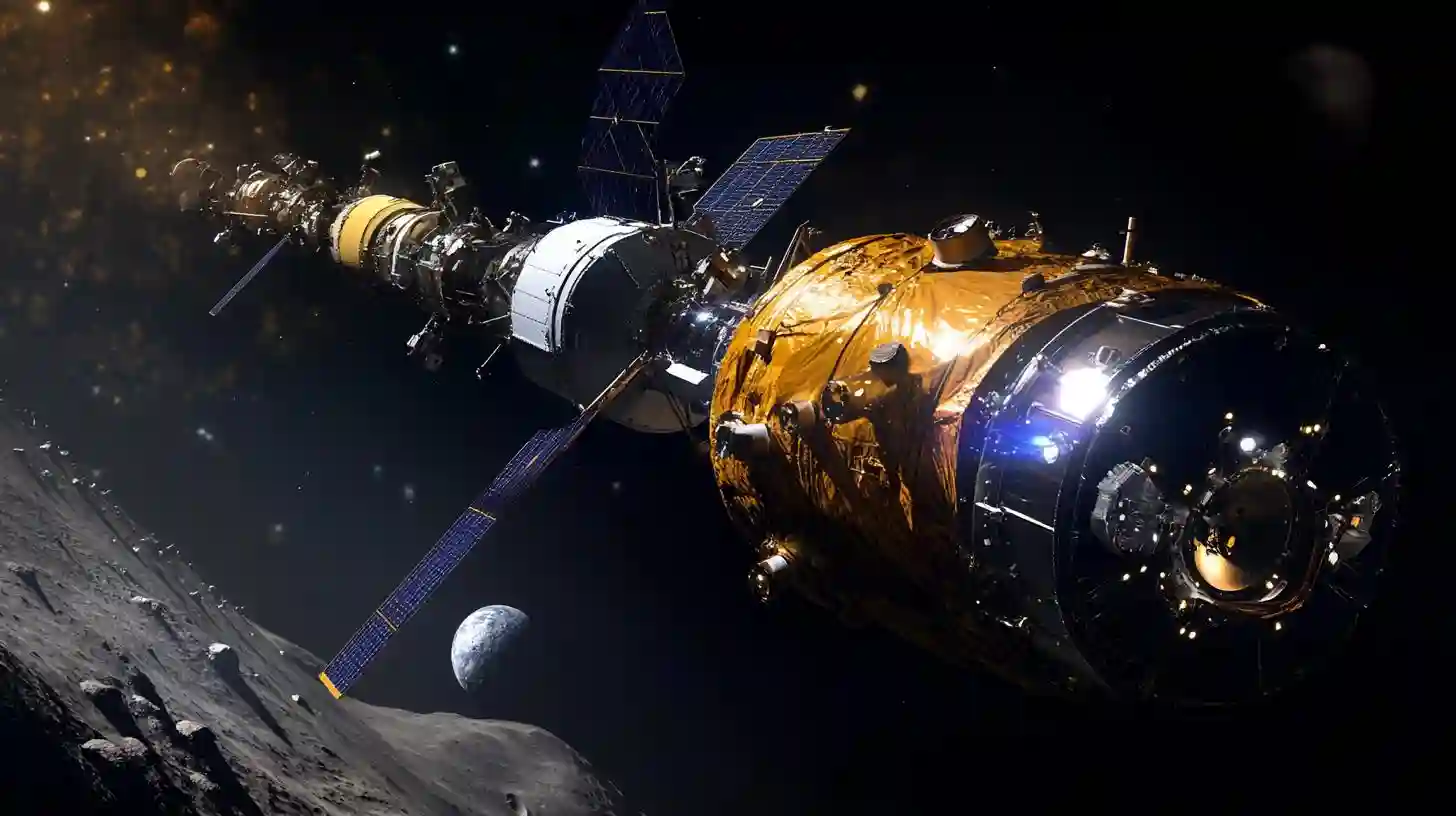
Knowledgetrovehq

The pursuit of space exploration has witnessed remarkable advancements in technology over recent years, significantly boosting interest in lunar missions. These innovations have not only enhanced our understanding of the Moon but have also laid the groundwork for future endeavors that promise to expand the horizons of human presence beyond Earth.
One of the primary drivers of this surge in lunar exploration is the development of new spacecraft capable of traveling to the Moon in more efficient and cost-effective ways. Modern engineering techniques have produced spacecraft with advanced propulsion systems, allowing for more precise trajectories and reduced travel time. This increased efficiency means that missions can be planned with greater frequency, enabling a more sustained presence on the Moon. Various space agencies and private enterprises are now equipped with tools that have been honed through decades of space exploration, allowing for missions that are safer and more reliable than ever before.
Significant strides have been made in robotics and automation, allowing spacecraft to carry out complex tasks with minimal human intervention. Robotic landers, rovers, and orbiters are now equipped with sophisticated artificial intelligence systems that enable them to analyze their surroundings, make autonomous decisions, and perform intricate operations. Such capabilities are crucial for conducting scientific research, as they allow for extended exploration without the limitations of human presence. These robotic advancements are particularly vital for missions aimed at investigating the lunar surface, where conditions can be harsh and unpredictable. The ability to deploy robots to perform tasks such as surveying, sample collection, and in-situ resource utilization opens up new pathways for scientific discovery.
Furthermore, the latest advancements in telecommunications technology have improved our ability to communicate with lunar missions. High-bandwidth communication systems allow for real-time data transmission, ensuring that information gathered during missions can be swiftly relayed back to Earth. This real-time exchange of data enhances our understanding of the Moon's environment, geology, and potential resources, facilitating quicker analyses and decision-making processes. The improvements in data communication have also fostered international collaboration, enabling various countries and organizations to pool resources and expertise for joint lunar missions.
Another critical aspect of recent advancements in space technology is the growing interest in utilizing the Moon as a stepping stone for deeper space exploration. Lunar missions are increasingly viewed not just as standalone endeavors but as vital components in broader plans for human exploration of Mars and beyond. The Moon offers a convenient location for testing new technologies and techniques, such as life support systems, habitat construction, and resource extraction methods. By establishing a sustainable human presence on the Moon, space agencies can more reliably prepare for the challenges of sending humans to other planetary bodies.
The exploration of lunar resources has also gained momentum. The discovery of water ice in permanently shadowed craters and the potential for mining valuable materials like helium-three has sparked intense interest in the Moon's economic viability. Advanced mining technologies are being developed to identify and extract these resources, which could not only support lunar missions but also contribute to energy needs on Earth. The prospect of a lunar economy has attracted investment from private companies eager to capitalize on the potential benefits of lunar mining and manufacturing.
In this era of increasing international cooperation, countries around the world are engaging in lunar exploration missions. Collaborative efforts have emerged, with different nations sharing their expertise, technology, and resources. Initiatives like the Artemis program aim to create an inclusive framework for global partners to work together in exploring the Moon, establishing a sustainable human presence, and fostering responsible space activities. This sense of unity signals a shift in how humanity approaches space exploration, emphasizing cooperation over competition.
As advancements in space technology continue to evolve, the allure of lunar exploration becomes ever more compelling. These innovations create a platform for not just scientific discovery but also for developing technologies that can benefit life on Earth. The continued exploration of the Moon promises to unlock mysteries about our solar system, expand human knowledge, and inspire future generations. The collaborative spirit of this new age of space exploration will likely lead to unforeseen achievements, solidifying our relationship with the cosmos and paving the way for humanity's next great adventure beyond our home planet.